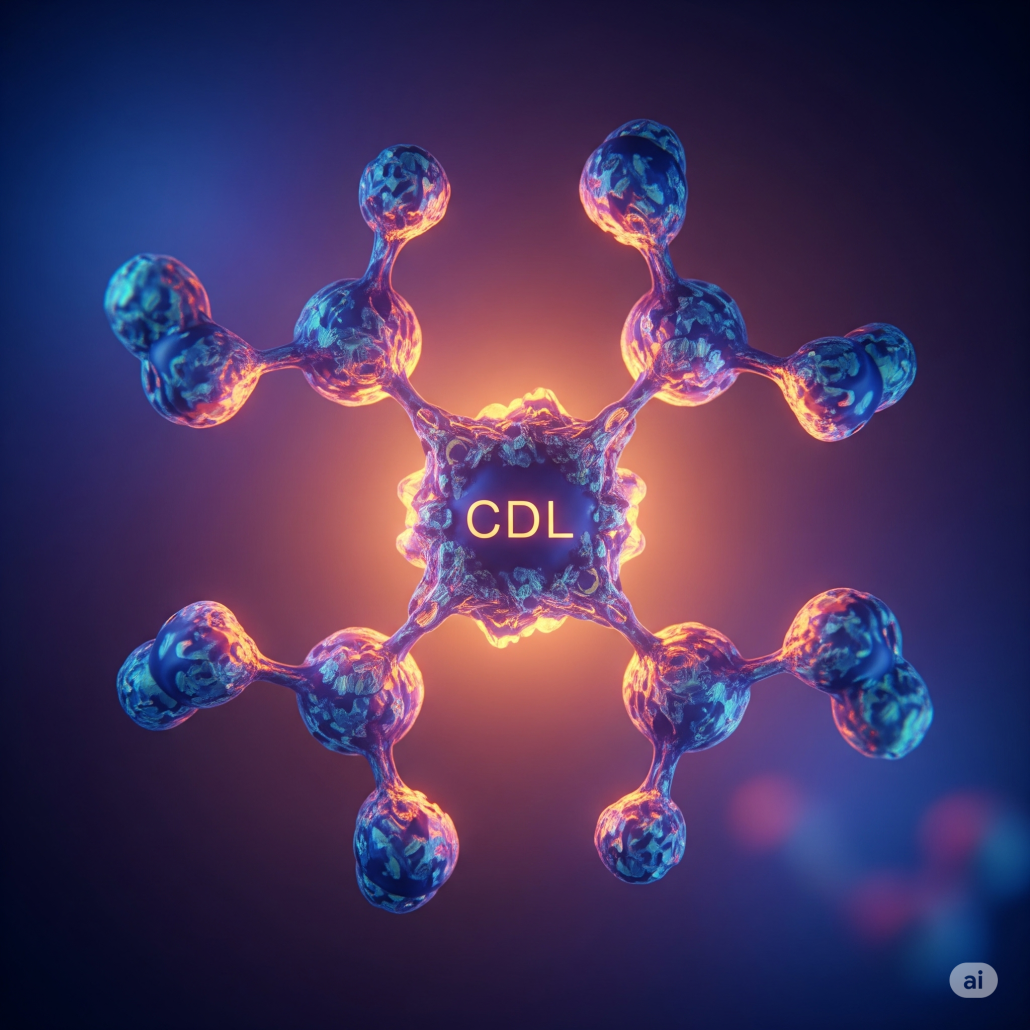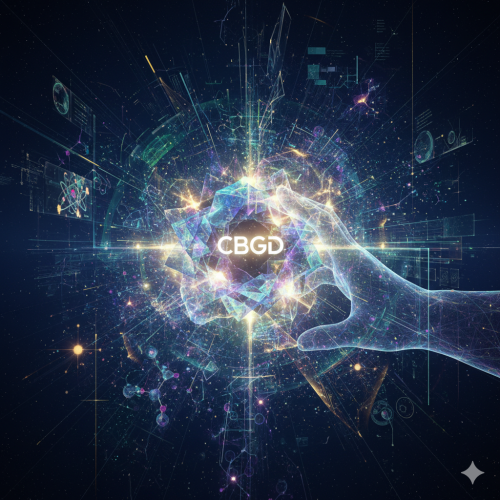When you hear about cannabis, chances are you think of THC (the one that makes you feel “high”) or CBD (the popular non-intoxicating compound). But the cannabis plant is a treasure trove of hundreds of different compounds, many of which are only just beginning to be understood. One such lesser-known compound is Cannabicyclol, also known as CBL.
♦ Interested in high-quality CBD edibles and merchandise? Check out the FGE shop ♦
Unlike THC or CBD, CBL isn’t directly produced by the cannabis plant. Instead, it’s a degradation product, meaning it forms as another cannabinoid breaks down over time. Think of it like this: just as aged wine develops new flavors, aged cannabis can develop new cannabinoids like CBL. Specifically, CBL is formed when Cannabichromene (CBC), another non-intoxicating cannabinoid, is exposed to natural elements such as sunlight, heat, or acidic conditions. This means you’ll likely find CBL in trace amounts, especially in older cannabis or hemp products.
What Makes CBL Different?
While research on CBL is still in its early stages, here’s what we know so far. Like CBD, CBL does not produce a “high” or intoxicating effects. This is because it doesn’t seem to interact significantly with the body’s CB1 receptors, which are responsible for THC’s psychoactive properties. Because it’s a byproduct of degradation and not directly produced in large quantities by the plant, CBL is considered a “minor” cannabinoid. This means it’s found in much smaller concentrations compared to major cannabinoids like THC or CBD. CBL also shares structural similarities with other well-known non-intoxicating cannabinoids like CBC and CBN (cannabinol, another degradation product of THC). These similarities hint at potential shared benefits.
Potential Benefits: What the Science Suggests (So Far)
While more research, especially in humans, is needed, preliminary studies and the chemical structure of CBL suggest some exciting possibilities. Given its resemblance to CBC, which has shown anti-inflammatory effects, scientists are investigating if CBL might also help reduce inflammation. Some early findings suggest CBL might have properties that help fight certain bacteria. In an era of increasing antibiotic resistance, this is a promising area of research. There’s also speculation that CBL could offer neuroprotective benefits, potentially playing a role in protecting brain cells and supporting neurological health.
Some sources suggest CBL might contribute to aiding sleep, though concrete evidence is limited. Even in small amounts, CBL might contribute to the “entourage effect.” This is a theory that all the compounds in the cannabis plant (cannabinoids, terpenes, flavonoids) work together synergistically to enhance each other’s therapeutic effects. CBL, by influencing other receptors or cannabinoids, could amplify the overall benefits of cannabis.
Are There Any Risks or Side Effects?
Due to the limited research, especially in humans, there isn’t extensive information on the risks or side effects of CBL. Generally, CBL is considered safe for human consumption, especially given its low concentration in most cannabis products.
Where Can You Find CBL?
Since CBL is a degradation product of CBC, you’re more likely to find it in older cannabis or hemp, as CBC naturally breaks down into CBL. If a particular cannabis strain (cultivar) starts with higher levels of CBC, it’s more likely to develop more CBL over time. Some strains are known for higher CBC content. And, as interest in minor cannabinoids grows, some manufacturers are artificially oxidizing CBC in labs to create CBL isolates for specific product development.
The Future of CBL
CBL is currently one of the least-studied cannabinoids, often referred to as a “forgotten cannabinoid.” However, with growing interest in the full spectrum of compounds found in cannabis, CBL is gaining attention from researchers. Its potential anti-inflammatory, antibacterial, and neuroprotective properties make it a compelling subject for further investigation. As science delves deeper into the complexities of the cannabis plant, CBL could emerge as another valuable piece of the puzzle, potentially offering new avenues for health and wellness applications without the intoxicating effects associated with THC.






